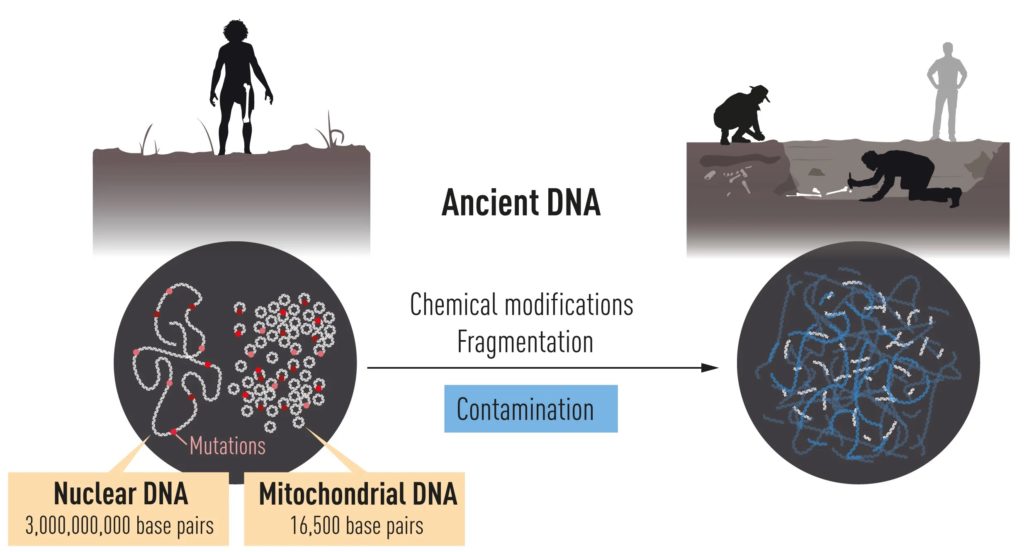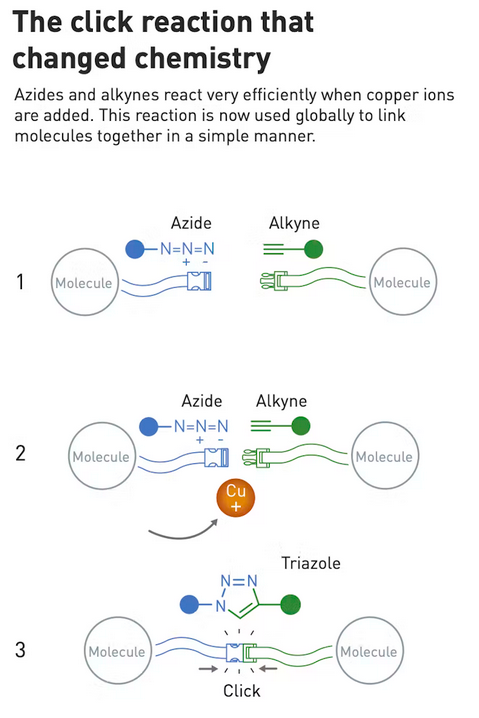ForumIAS announcing GS Foundation Program for UPSC CSE 2025-26 from 19 April. Click Here for more information.
Contents
| For 7PM Editorial Archives click HERE → |
Introduction
The Nobel Prizes 2022 have been announced. The Prizes have been awarded for pioneering research in various fields in sciences and for efforts in furthering peace.
About the Nobel Prize
The first Nobel Prizes were awarded in Stockholm, Sweden in 1901 on the 5th death anniversary of Alfred Nobel. Swedish inventor Alfred Nobel invented dynamite and other high explosives.
Originally, the prize was awarded in the fields of Physics, Chemistry, Physiology or Medicine, Literature, and Peace. Later in 1968, a sixth prize was added in the field of economic sciences, but it is not officially called Nobel Prize (Sveriges Riksbank Prize in Economic Sciences).
Prizes may be given only to individuals, except the Peace Prize, which may also be conferred upon an institution. However, maximum of 3 individuals can share a prize.
| Read More: What is Nobel Prize? |
Nobel Prize in Medicine or Physiology, 2022
The Nobel Prize in Medicine (Physiology) 2022 has been awarded to Svante Paabo. He has been credited with developing methodologies to extract ‘clean’ DNA from thousands of years old human fossils, and reading the genetic information they contain.
Earlier, scientists were dependent on the genomes of present day human beings and extrapolating the information into the past. This method is called deduction. This is a scientifically valid exercise, but it is indirect and involves uncertainties. Paabo developed methodologies that have eliminated deductions, and rely on direct observation. For example, he realised that one particular skull bone, called petrous, preserves DNA better than the rest of the body.
There are extreme technical challenges in his work because with time DNA becomes chemically modified and degrades into short fragments. Only trace amounts of DNA are left after thousands of years. Exposure to the natural environment leads to contamination with DNA from bacteria and contemporary humans. This makes research complex.
Source: Nobelprize.org. DNA is localized in two different compartments in the cell. Nuclear DNA harbors most of the genetic information. After death, DNA is degraded over time and ultimately only small amounts remain. It also becomes contaminated with DNA from bacteria etc.
Significance
First, Svante Pääbo established an entirely new scientific discipline, called paleogenomics, that focuses on studying the DNA and genetic information of extinct hominins through reconstruction.
Second, Pääbo’s discoveries have established a unique method, which is utilized extensively by the scientific community to better understand human evolution and migration.
Third, Pablo’s work enabled the revelation and understanding of how gene transfer had occurred from hominins (now-extinct species of apes that are believed to be related to modern humans) to Homo sapiens following their migration out of Africa around 70,000 years ago. It helped in greater understanding about how ancient gene sequences from past ancestors (apes) have shaped modern human physiology including immune systems.
Fourth, his work also led to the sensational discovery of a previously unknown hominin, which has been named Denisova.
Nobel Prize in Chemistry, 2022
The Nobel Prize 2022 in Chemistry has been awarded to three scientists, Carolyn Bertozzi and Barry Sharpless of the United States and Morten Meldal of Denmark.
Barry Sharpless and Morten Meldal have been awarded the Nobel Prize in Chemistry 2022 because they brought chemistry into the era of functionalism and laid the foundations of Click Chemistry. Carolyn Bertozzi took click chemistry to a new dimension and began using it to map cells. Her bio-orthogonal reactions have contributed to more targeted cancer treatments, among many other applications.
About Click Chemistry
Chemists often try to recreate complex chemical molecules found in nature. This has applications in multiple fields including in the field of medicine e.g., to target and block pathogens in cells. However, this process is generally complicated and time-consuming.
Click Chemistry is a way of generating products that follow examples in nature. It is based on the premises that it is easier to produce complex molecules starting with smaller and simple molecules that have a tendency to bond together or easily react with each other. In other words, scientists should look for molecules that easily fit into each other, or ‘click’ with each other. It makes the resultant chemical reaction more efficient. This approach may avoid many unnecessary side reactions with a minimal loss of material. The idea is also to not generate the exactly same complex molecule, but to find molecules that fulfil the same functions as complex molecule.
This click approach emphasised the need to replicate nature’s efficiency, not its processes, or products. The name ‘click ‘has been taken from the click sound that airline seat belts make when they are fastened.
Source: The Royal Swedish Academy of Sciences. The image shows that molecules Azide and Alkyne do not readily react with each other. Adding Copper ions, makes them to undergo reaction with each other easily (they ‘click’) to form the molecule Triazole.
Significance
First, the concept of click chemistry is extremely beneficial to the pharmaceutical industry because it reduces waste produced during chemical reactions.
Second, Meldal through his experiments came up with the useful chemical structure called triazoles, which are stable and are found in pharmaceuticals, dyes and agricultural chemicals.
Third, Bertozzi has continuously improved her approach over the years. Her works show promise in treating late-stage cancer. Clinical studies of anti-cancer medicines inspired by her work are now undergoing clinical trials.
Nobel Prize in Physics, 2022
The Nobel Prize 2022 for Physics has been awarded to three scientists, Alain Aspect, John F Clauser and Anton Zeilinger, for their work on quantum mechanics. They have been awarded for their experiments with entangled photons, establishing the violation of Bell inequalities and pioneering quantum information science.
About Quantum Entanglement
Quantum Entanglement has been an intensely debated phenomena in Physics. Albert Einstein had described this as ‘Spooky Action at a Distance’ (i.e., scary or ghostly). According to the Special Theory of Relativity, no signal or information can travel faster than the speed of light in vacuum. However, in the Quantum Entanglement phenomena, information between ‘entangled particles’ seems to violate this principle (travel faster than light). It had been proposed (in 1930s by Einstein among others) that the phenomena of entanglement is not ‘real’ and there was something missing in the conception of Quantum Mechanics. In 1964, a physicist John Bell showed mathematically what was required to be done by experimentalists to establish the phenomenon of entanglement. He proposed the Bell’s Inequality, which if maintained in the results of the experiment, would mean that Einstein was right (i.e. Entanglement is not ‘real’). If violated, it would prove the predictions of Quantum Theory.
Aspect, Clauser and Zeilinger conducted a series of experiments on entangled quantum states, where two separate particles behave like a single unit. Clauser and Zeilinger worked on Bell’s ideas, and their measurements supported quantum mechanics by violating a Bell Inequality. The experiments of three scientists have conclusively established that the ‘entanglement’ phenomenon observed in quantum particles is real, and not a result of any ‘hidden’ or unknown forces. Their work has demonstrated a phenomenon called quantum teleportation, which makes it possible to move a quantum state from one particle to one at a distance.
Significance
First, Their works could be utilised to make revolutionary technological advances in computing.
| Read More: Quantum Computing: Uses, Challenges and India’s Initiatives – Explained, pointwise |
Second, There is potential for secure encrypted quantum communication which is claimed to be ‘hack-proof’.
| Read More: Quantum Key Distribution |
Syllabus: GS III, Science and Technology: Developments and their applications and effects in everyday life.
Source: Indian Express, Indian Express, Indian Express






